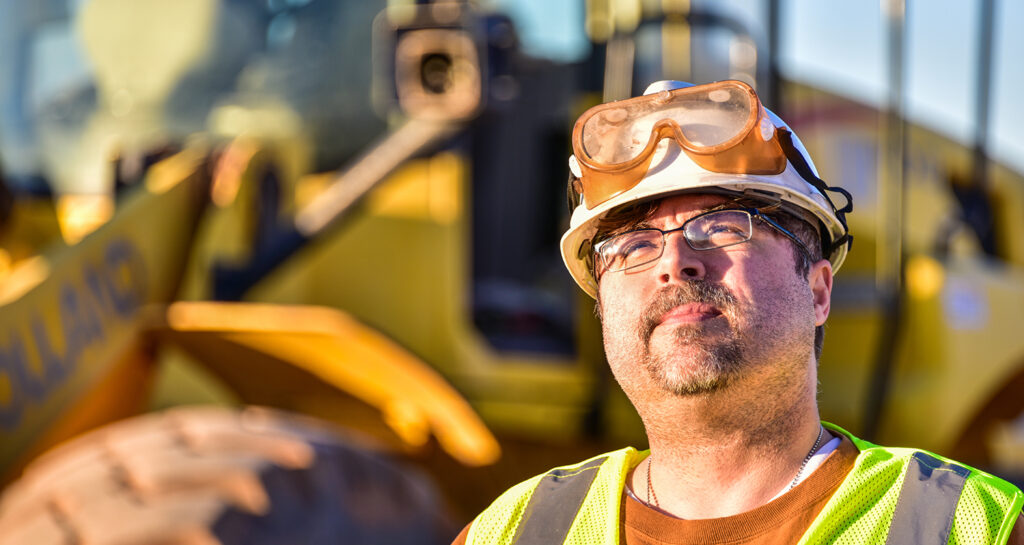
This National Safety Month, Consider Mental Health, Too
June is National Safety Month. This annual event is an opportunity for crews everywhere to assess day-to-day operations, find areas that could be improved upon and take active measures to better protect team members and those around them. While you should always cover basic concerns such as ensuring your team is up to date on safety training and personal protective equipment (PPE) use, other health and safety concerns are equally important. Mental health, for instance, is something construction crews often fail to take into consideration — even though, as Dozr reports, the suicide rate among those in construction is three times the United States’ national average.
When it comes down to it, construction and concrete jobs are stressful. When you pair that with the pressures of everyday life, you find it’s important for those in our industry to take a smart approach to mental health. Here are a few things to consider when it comes to managing mental health in the construction world.
One Team Member’s Stress Can Impact Everyone
Between busy schedules and safety risks, there will always be some measure of stress in our work. When those levels build up too high, however, it can lead to trouble. An irritable, stressed-out crew member might create a tense environment by lashing out at others. Worse yet, if their stress is leading to sleepless nights or clouded thoughts, it can pull attention away from the work at hand. And that could lead to costly project interruptions or life-changing injuries.
Mental and Physical Health Are Closely Linked
Mental health isn’t all in your head. Injuries and pain can have an impact, too. In fact, Construct Connect notes that a reported 85% of people with chronic pain also report bouts of depression. Encouraging healthy physical practices on the job can have big benefits. Urge crew members to seek professional medical attention if an injury occurs, and to take proper steps toward follow-up care, too. You might also consider incorporating wellness measures into your team’s day-to-day. This could be something as small as leading group stretches before starting a job, inviting the team out for a jog after work or working wellness into company benefits offerings. Getting people up and moving can help clear the head and keep them focused.
Open Communication Can Help
People typically don’t like talking about their feelings and mental health — but doing so can save lives. The good news is, there are a few simple ways to start incorporating the issue into regular life on the job site. Take time during toolbox talks, before the day’s jobs get underway, to ask how crew members are feeling. If you sense unease about a particular task — or if you find team members are experiencing other stresses — ask how the team can help. Simply relieving a person of one task, or showing a bit of support, can go a long way. Encourage them to let you know if they find themselves feeling overwhelmed and, of course, share resources they might take advantage of.
Of course, there are a whole range of topics you can use to bring healthy practice into focus this National Safety Month. Our past blog post offers a few helpful suggestions geared toward encouraging safer construction practices. Play it safe out there during National Safety Month — and all year long!
